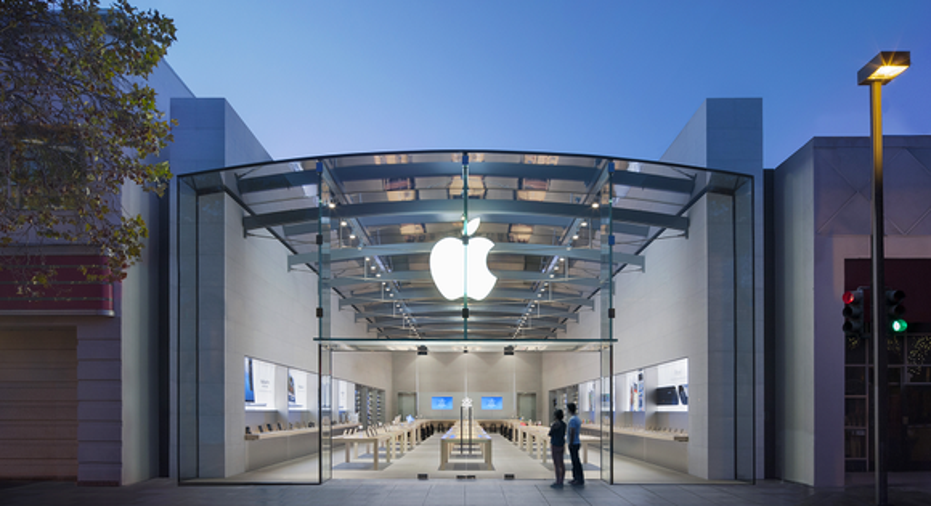Apple Inc. Challenger Huawei Still Significantly Behind in 2 Key Metrics

Image source: Apple.
One of the more interesting competitors in the smartphone market and, by extension, to Apple is China-based Huawei. The company, which had previously been known mostly for its telecom equipment, has aggressively pushed into the market for smartphones and has become one of the volume leaders in said market.
Huawei executives talk quite a bit about how they intend to grow to be the largest vendor of smartphone shipments (presumably by units). Huawei is also bullish on its ability to become a leading vendor of "premium" (read: high average selling price) smartphones -- a segment that Apple clearly dominates.
Following the publication of Huawei's annual report, we can now get a glimpse into how Huawei is doing in the smartphone market.
Big unit growth, but average selling prices still well below Apple'sIn 2015, Huawei reported a nearly 73% revenue surge in its consumer business, which is likely composed substantially of sales of smartphones and other smart devices, hitting approximately $20 billion in revenue on sales of "over 100 million smartphones."
If we naively divide $20 billion by 100 million, we get an implied average selling price of $200 per phone. Assuming that not all of the revenue came from phones, the implied average selling price for Huawei's smartphones could be higher, but probably not substantially so.
In contrast, Apple's iPhone average selling prices -- on substantially greater units -- tend to be much higher (often well above $600).
Lower operating marginsAlthough Huawei's gross profit margins are actually quite good (41.7% in the last year), its operating margins came in at 11.6% of revenue in 2015. In contrast, Apple's operating income during its fiscal 2015 came in at $71.23 billion, or a whopping 30.5% of revenue.
This high operating margin is due to the fact that Apple's total revenue base is absolutely enormous, allowing it to drive significant operating leverage. On top of that, Apple's research and development spend only came in at around $8 billion -- a large figure in absolute terms, but relative to revenue it is quite small.
That said, Apple's operating margins are almost certain to contract this year as revenue declines and research and development spend move upward (but I expect them to be substantially above Huawei's).
Despite this advantage, Apple needs to be carefulDespite being solidly ahead of Huawei, I do think that Huawei does represent a significant threat to Apple if left unchecked. The Chinese smartphone maker introduced a pair of new phones on April 6 -- the P9 and P9 Plus -- that, in a number of ways, pull ahead of Apple's current (albeit roughly six month old) flagships.
They're thinner, likely feature better cameras, and appear to have superior displays. These are all critical components to the smartphone experience and ones in which Apple had historically led; to see the iDevice maker allow itself to fall behind like this is a little disconcerting.
Apple is expected to launch next-generation iPhone flagships -- the iPhone 7 and iPhone 7 Plus -- in September, which should allow Apple to regain leadership in a number of critical areas. Apple may also have a few innovative tricks up its sleeve.
As I've said before and will say again: Apple needs to ensure that at virtually all times, it has flagship devices out there that are unequivocally leadership products, particularly as the smartphone market slows and it becomes a battle to maintain/gain market share.
The article Apple Inc. Challenger Huawei Still Significantly Behind in 2 Key Metrics originally appeared on Fool.com.
Ashraf Eassa has no position in any stocks mentioned. The Motley Fool owns shares of and recommends Apple. Try any of our Foolish newsletter services free for 30 days. We Fools may not all hold the same opinions, but we all believe that considering a diverse range of insights makes us better investors. The Motley Fool has a disclosure policy.
Copyright 1995 - 2016 The Motley Fool, LLC. All rights reserved. The Motley Fool has a disclosure policy.